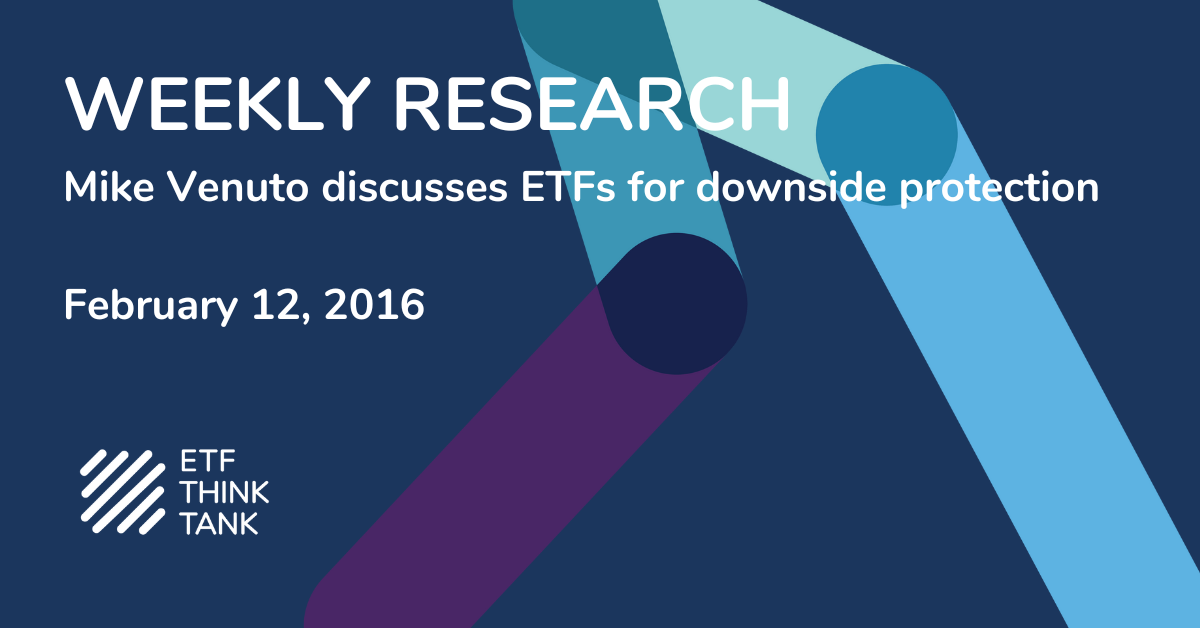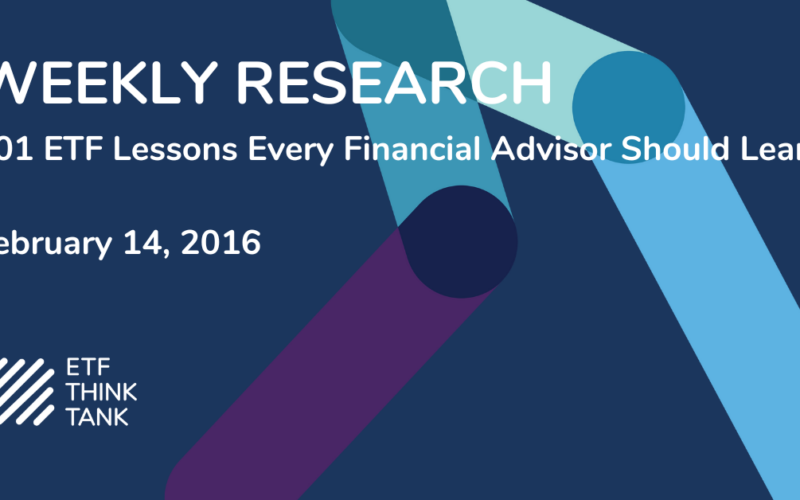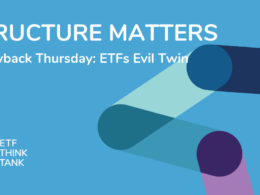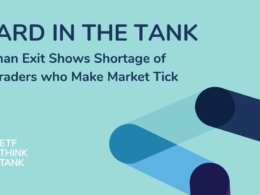It’s been a wild ride so far this year for U.S. stocks. Since the beginning of 2016, the S&P 500 has already declined some 10% in a loss that has been anything but smooth or linear.
The uptick in volatility and the poor stock market performance have many investors now more concerned with downside protection than with upside gains. We asked a handful of ETF strategists what ETFs they turn to when downside protection is what they are trying to achieve. Here’s what they had to say:
Michael Venuto, chief investment officer, New York-based Toroso Investments
Toroso manages portfolios based on three outcomes: growth, income and wealth preservation. With the recent market sell-off and volatility, investors have turned their attention to wealth preservation.
Our core wealth preservation strategy seeks to enhance the Harry Browne Permanent Portfolio through ETF security selection. A basic permanent portfolio equal-weights equities (the Vanguard Total Stock Market (VTI | A-100)), bonds (the iShares Core U.S. Aggregate Bond (AGG | A-98)), gold (the SPDR Gold Trust (GLD | A-100)) and cash (the iShares 1-3 Year Treasury Bond (SHY | A-97)).
Over the past 40 years, this concept has produced annualized returns of around 7-8%, with a third of the volatility of the S&P 500. However, over the past few years, the bull market in growth stocks and the bear market in gold have caused this allocation to produce lackluster returns.
In 2016, the strategy appears to be working again. Global X Funds offers an ETF that seeks to express the Harry Browne concept, and it’s up for the year so far: the Global X Permanent ETF (PERM).
I believe in a more rational market that’s not propped up by federal stimulus. In this market, the Permanent allocation and PERM ETF should produce returns more consistent with historical norms.
Another ETF we use to protect client assets is the QuantShares U.S. Market Neutral Anti-Beta (BTAL |F-38). This ETF shorts high-beta names in the S&P 500 while be long low-beta names. It’s worked well in this environment as a tail hedge, and is up more than 13% YTD.
Wesley Gray, CEO and CIO, Broomall, Pennsylvania-based Alpha Architect
Our robo advisor is the only robo out there that does asset allocation with downside protection.
Our approach is to own the best-of-breed for each asset allocation line, and then use trends to buy/sell outside of the ETF structure.
If you want the downside protection within an ETF, Meb Faber’sCambria Value and Momentum ETF (VAMO) has trend-following on it. The Pacer lineup [including the Pacer Trendpilot 750 (PTLC), thePacer Trendpilot 450 (PTMC) and the Pacer Trendpilot 100 (PTNQ)] has trend-following. The AlphaClone funds [such as the AlphaClone Alternative Alpha ETF (ALFA | C-35)] also have trend-following rules.
Michael McClary, Chief Investment Officer, Akron, Ohio-based ValMark Advisers
Volatile markets can often lead investors to make decisions more quickly than they normally would. Before making any major investment decision, we recommend going through the proper research process and making decisions through the lens of a disciplined investment philosophy.
Too often we see investors making investment decisions “running from” one investment and “running to” another. It is hard to make quality decisions with that mindset.
We have four sound paths that investors might consider in this market.
First, stay diversified. Long-term strategic diversification is a sound disciplined investment strategy over time. There is a reason soldiers and rescue workers go through so much training: They are supposed to rely on training to make decisions in chaotic situations. We would encourage investors not to abandon their training.
Second, we believe in and manage portfolios with a proven institutional-quality volatility management overlay. These portfolios are designed to reduce exposure to equities in periods of high volatility. Our TOPS Managed Risk ETF Portfolios have significantly outperformed the market in this year’s pullback.
However, we recommend investors choose and stick with this type of strategy over time. We would caution investors from trying to time their way in and out of these strategies, which can defeat the purpose of the overlay and leave investors disappointed. Quality strategies will deliver over time, but only cash investments are designed to deliver every day. Don’t confuse investments with the U.S. Postal Service.
Third, given the wild short-term swings we have seen in the interest rate market, investors might consider the PIMCO Enhanced Short Maturity Strategy (MINT | B) or the Guggenheim Enhanced Short Duration Bond (GSY | B). For investors who want short-term capital protection, these ultra-short strategies might provide more stable results than even IEI. With interest rates falling so much this year, many ETFs that target the short to intermediate end of the curve risk a surprise snapback in rates.
Lastly, clients may want to consider short- to intermediate-term laddered municipal bonds. In this area, we favor using individual issues or the target maturity municipal series offered by iShares.
Clayton Fresk, Portfolio Manager, Watkinsville, Georgia-based Stadion Money Management
Being a tactical manger with a defensive bias, we place enormous importance on downside protection. This protection comes in various degrees.
For our more tactical mandates, we can move completely out of equity ETFs and into cash or short-duration fixed-income ETFs. For other strategies, we may rotate into lower-beta offerings or into noncorrelated holdings.
Despite what form it comes in, we believe protecting against losing any previously captured gains is of utmost importance when measuring performance over full market cycles.












